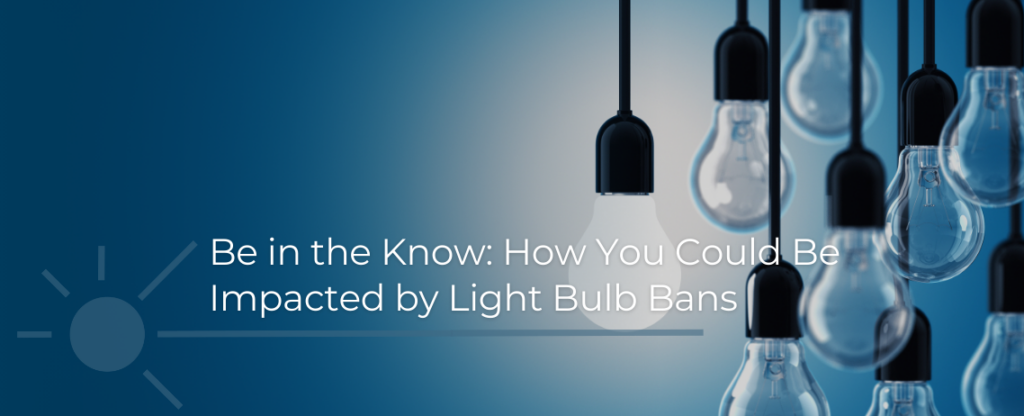
In May 2022, the Department of Energy issued a ruling requiring lighting products to meet new standards. This largely eliminates most fluorescent, incandescent, and halogen products as they are seen as toxic and inefficient and unable to meet these new standards.
Since the ruling, 14 states and the District of Columbia have approved or proposed even stricter standards on lighting products, effectively banning the sale of fluorescent lighting within state lines, specifically general service lamps (GSLs), compact fluorescent lamps (CFLs), and linear fluorescent tubes (T8, T5, T12).
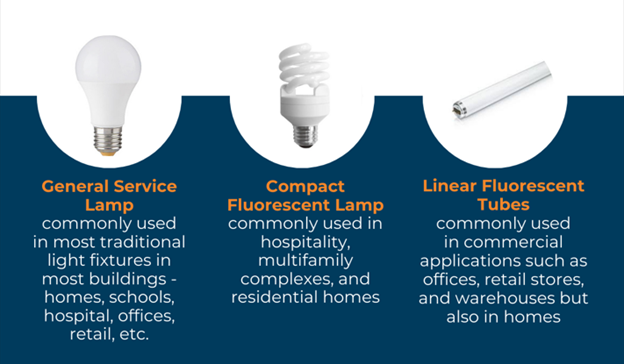
For schools, office buildings, hospitals, warehouses, and all buildings that have used these bulbs to date, this will require a lighting retrofit to stay within compliance of these bans. Here’s a look at the current state restriction timelines for all GSLs, CFLs, and linear fluorescent lights:
| State | GSL | CFL | Linear Fluorescent | Bill Name |
|---|---|---|---|---|
| California | Active CFL and LED requirements with Title 20 | Ban Active | Ban Active | AB-2208 |
| Colorado | N/A | Ban Active | Ban Active | HB23-1161 |
| Hawaii | N/A | Screw and bayonet-base active, pin-base begins January 1, 2026 | High-CRI ban active. All others begin January 1, 2029 | HB 192 CD1 |
| Illinois | N/A | Screw and bayonet-base begins January 1, 2026, pin-base begins January 1, 2027 | Begins January 1, 2027 | Public Act 103-0799 |
| Maine | Active requirements above federal standards | Screw and bayonet-base active, pin-base begins January 1, 2026 | Begins January 1, 2026 | LD 1814 (HP 1160) |
| Maryland | N/A | N/A | High-CRI ban active | HB 772, 2022 |
| Massachusetts | Active requirements above federal standards | N/A | High-CRI ban active | H.4551 |
| Minnesota | N/A | Screw and bayonet-base ban active, pin-base ban begins January 1, 2026 | Begins January 1, 2026 | HF 3911 |
| Nevada | N/A | N/A | High-CRI ban active | AB144 |
| New Jersey | Active requirements above federal standards | N/A | High-CRI ban active | Appliance Standards Law (P.L. 2021, c.464) |
| New York | N/A | N/A | High-CRI ban active | S2139B |
| Oregon | N/A | Ban Active | Ban Active | HB 2531 |
| Rhode Island | N/A | Ban Active | Ban Active | HB 5550 |
| Vermont | N/A | Ban Active | Linear fluorescent ban active | H.500 |
| Washington | N/A | Ban begins January 1, 2029 | High-CRI ban active. All others begin January 1, 2029 | HB 1185 |
| Washington DC | Active requirements above federal standards | N/A | High-CRI ban active | High-CRI ban active. All others begin January 1, 2026 |
The Reason Behind the Ban
Once the most common lighting sources in offices, schools, warehouses, industrial facilities, and most buildings, fluorescent lights contain mercury, a toxic heavy metal that is used to help emit light more efficiently. Mercury is considered by the World Health Organization (WHO) one of the top 10 chemicals of major public health concern. While the average CFL containing ~4 milligrams of mercury might seem low, the National Institutes of Health (NIH) has emphasized there is no known safe level of mercury exposure. When intact, fluorescent lamps impart no health risk to their surroundings; however, if the bulbs break or are improperly disposed, the mercury can be released. This can pose risks to human health and pollute our landfills and water systems, creating long-term consequences to the environment.
In addition to the toxins, GSLs, CFLs, and linear fluorescent lighting consume more energy and have a short lifespan, compared to modern lighting technology. For example, LED lights are more energy efficient and sustainable, helping improve efficiency and reduce carbon emissions.
Moving away from fluorescent lighting will help to protect the health and safety of both people and the planet.
The Solution: LED Lighting
LED lighting is quickly becoming the standard for many industries due to its ability to create safe and environmentally-friendly spaces. With the ban of GSLs, CFLs, and linear fluorescent lights, LED lighting is a great alternative for retrofitting your lighting and provides many benefits.
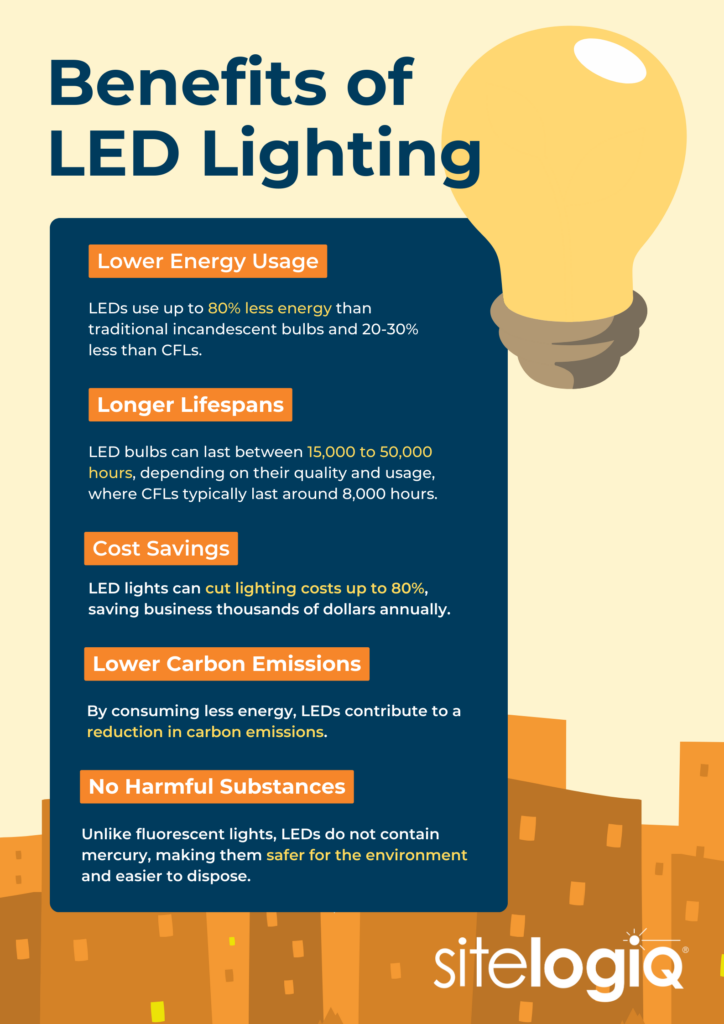
LEDs are long-lasting, efficient, and compatible with solar panels, helping lower the carbon footprint. Long-term LED use offers a positive return on investment because they require up to 80% less energy than traditional incandescent bulbs and 20-30% less than CFLs. By consuming less energy, LEDs also contribute to a reduction in carbon emissions and help lower energy costs up to 80%, saving you thousands of dollars annually.
They are also more durable and have long lifespans, lasting anywhere between 15,000 to 50,000 hours, depending on their quality and usage, while CFLs typically last around 8,000 hours. Because of this, LEDs don’t degrade as quickly as other bulbs, meaning you won’t have to stop operations to repair the lighting system as often.
In addition, LEDs offer bright, high-quality light to increase visibility inside workspaces, hallways, stairways, and outdoor environments, making these areas safer and enhancing occupant comfort. LED lighting upgrades help organizations keep pace with sustainability best practices and future-proof their facilities.
Check out our blog post to learn more about the advantages of LED lighting.
Your LED Retrofit Partner
As more states implement fluorescent light bans, your facility may require an LED lighting retrofit to maintain industry standards and remain in compliance. LED lighting can also help to enhance building aesthetics, improve facility performance, or reduce energy consumption.
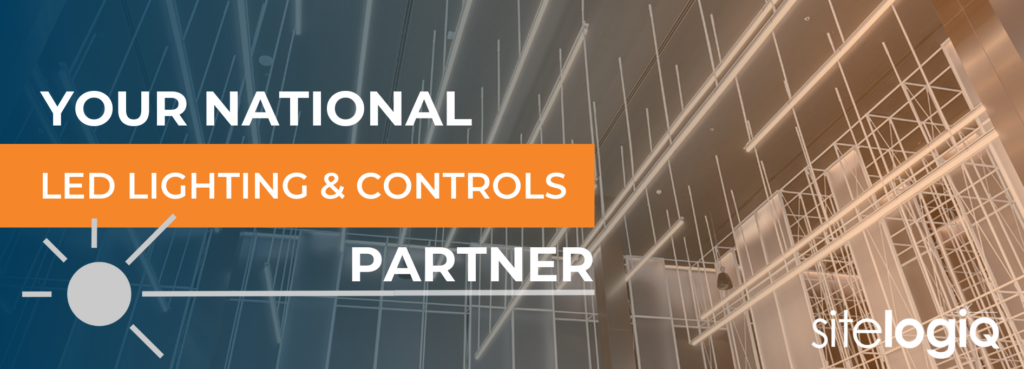
At SitelogIQ, our nationwide team has a deep background of sustainability experience partnering with firms to improve facility performance and quality standards. To date, we completed over 2,000 lighting retrofit projects for multifamily complexes, K-12 school districts, higher education institutions, commercial properties, hotels, hospitals, and more. Our process begins with an energy audit to pinpoint high-need opportunities and determine a tailored, energy-efficient lighting solution. In addition, our energy and facility experts can identify the proper financing solutions or recommend grant opportunities to help you address budget limitations.
Contact us today to begin planning your LED lighting retrofit!


